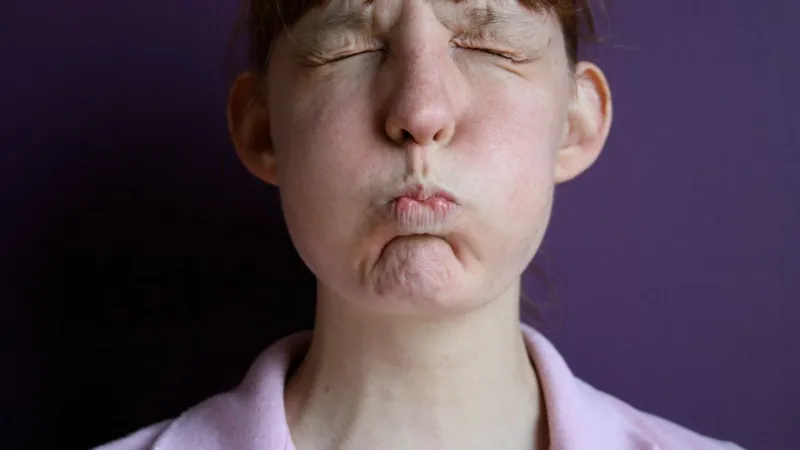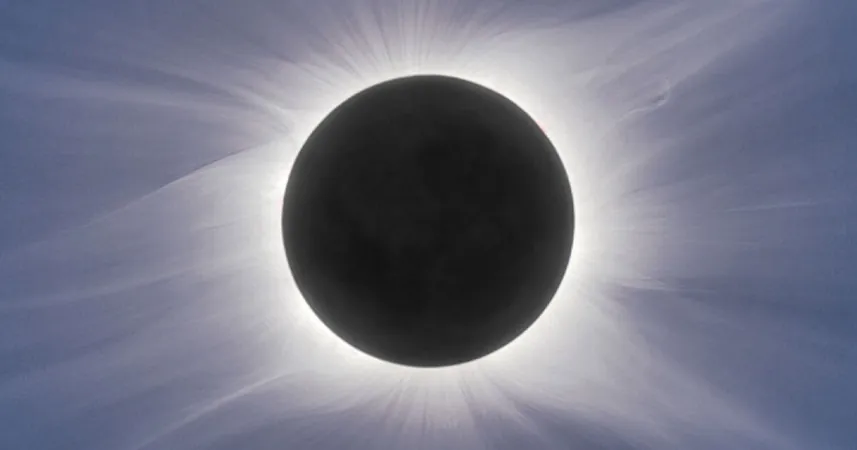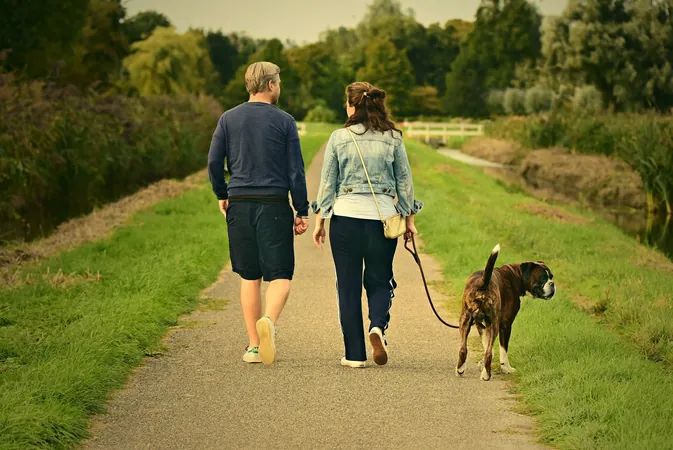
Why You Can’t Suffocate from Holding Your Breath: The Science Behind Breathing
2024-09-23
Author: Nur
Your Brain: The Master Controller of Breathing
At the forefront of your respiratory control is your brain, specifically a group of vital regions responsible for managing your breathing rhythm. According to Anthony Bain, an associate professor in kinesiology at the University of Windsor, the motor cortex senses when you're not breathing and sends signals to the medulla, the part of the brain that controls the respiratory muscles, including the diaphragm – your body's primary muscle for respiration.
The Pre-Bötzinger Complex: The Pacemaker of Your Breathing
Deep in the brainstem lies the pre-Bötzinger complex, functioning as your body’s respiratory rhythm generator. It operates continuously, akin to a heartbeat, ensuring that your brain continues to trigger the urge to breathe, even during breath-holding scenarios. It's this relentless background ticking that drives the demand for oxygen.
Detecting Carbon Dioxide: The Role of Chemoreceptors
Your body is also equipped with specialized cells known as chemoreceptors, which monitor oxygen and carbon dioxide levels in your blood. The central chemoreceptors are located in the brain, focusing primarily on carbon dioxide, while peripheral chemoreceptors are situated in areas like the neck and respond to both carbon dioxide and low oxygen levels, especially during extended breath-holding.
Lung Stretch Receptors: The Body's Alarm System
In addition to chemoreceptors, receptors in your lungs detect the stretching associated with inhalation and exhalation. When you hold your breath, the lack of stretching triggers alarms that signal your brain’s respiratory center to jumpstart breathing again.
Research Insights: What Happens When Systems Fail?
Studies have shown how disabling certain systems impacts breath-holding ability. In one remarkable case, heart-lung transplant patients—whose lung receptors weren’t fully connected—could hold their breath just as long as healthy participants, underscoring that lung stretch receptors aren’t the only players in this game.
Other investigations demonstrated that inhibiting the carotid body—a crucial peripheral chemoreceptor—using dopamine could extend breath-holding time in untrained individuals. However, elite divers have honed their skills through training, allowing them to endure significant levels of hypoxia before succumbing to the need to breathe.
The Impact of Training: Elite Divers vs. Average Individuals
Elite divers can hold their breath for astonishing durations, with a world record set in 2021 by Croatian free diver Budimir Šobat, who managed a staggering 24 minutes and 37 seconds! This incredible feat is a testament to how extensive training can increase one's ability to withstand low oxygen levels and ignore the chemoreceptors’ signals until they’re on the verge of unconsciousness.
How To Extend Your Breath-Holding Time
Interestingly, medical interventions such as administering pure oxygen can prolong breath-holding for both trained and untrained individuals, as it reassures the peripheral chemoreceptors that oxygen levels are adequate. Techniques like hyperventilation are also used in specific medical procedures to help patients remain still.
Why It Matters: An Evolutionary Perspective
From an evolutionary standpoint, the redundancy in these systems makes sense. Breathing is vital for survival, and having multiple mechanisms encourages our bodies to maintain oxygen supply and prevent suffocation. So next time you hold your breath, remember the intricate processes happening in your body that ensure you won't pass out—or maybe try this challenge with caution!
Understanding these biological marvels reinforces how robust our bodies are, safeguarding us even during seemingly straightforward actions like holding our breath.


 Brasil (PT)
Brasil (PT)
 Canada (EN)
Canada (EN)
 Chile (ES)
Chile (ES)
 España (ES)
España (ES)
 France (FR)
France (FR)
 Hong Kong (EN)
Hong Kong (EN)
 Italia (IT)
Italia (IT)
 日本 (JA)
日本 (JA)
 Magyarország (HU)
Magyarország (HU)
 Norge (NO)
Norge (NO)
 Polska (PL)
Polska (PL)
 Schweiz (DE)
Schweiz (DE)
 Singapore (EN)
Singapore (EN)
 Sverige (SV)
Sverige (SV)
 Suomi (FI)
Suomi (FI)
 Türkiye (TR)
Türkiye (TR)